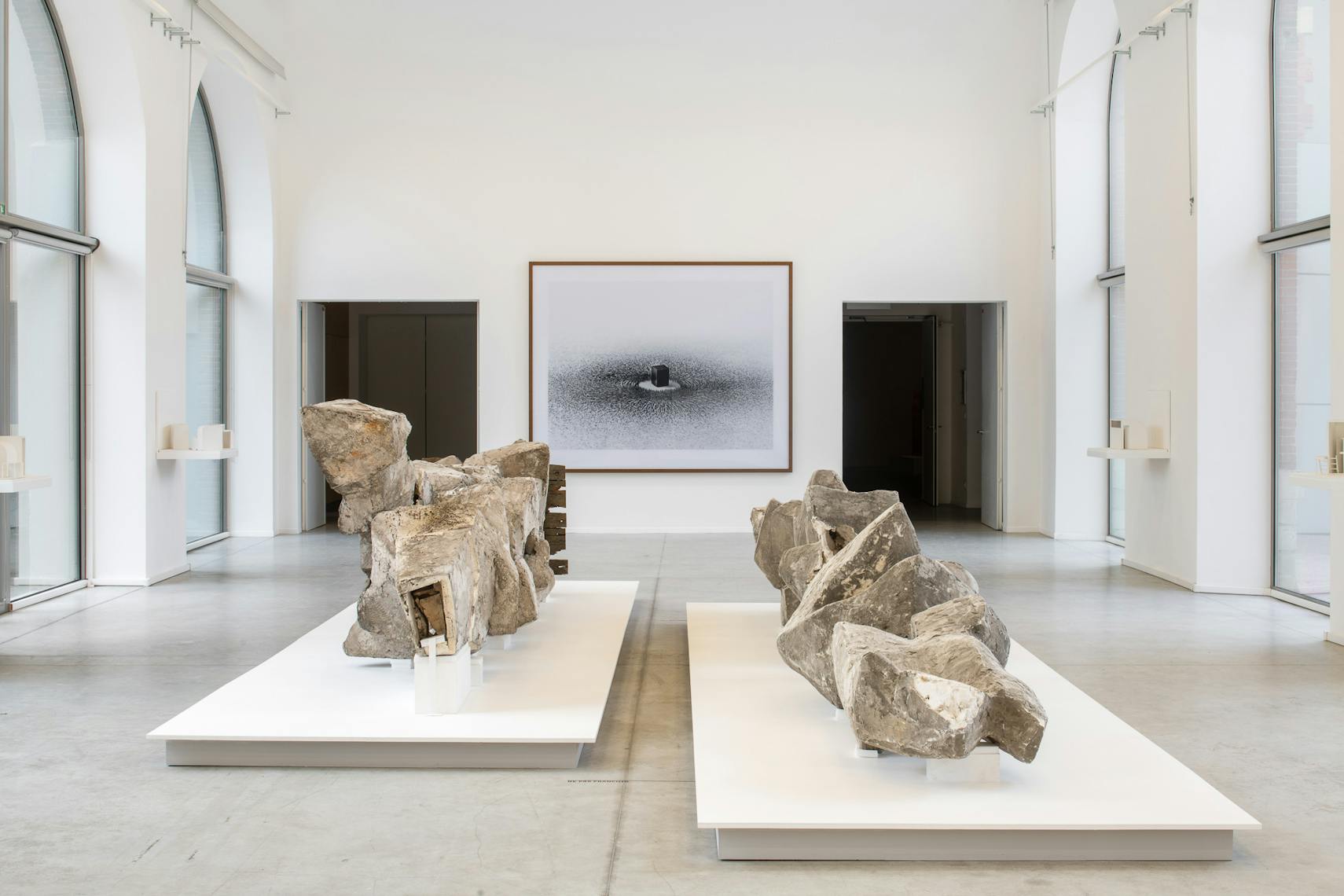




Frac Centre-Val de Loire, Orléans, France





Curated by
Abdelkader Damani & Luca Galofaro
Images
Courtesy Martin Argyroglo / La Biennale d'Architecture d'Orléans
Magnetism featured in the second edition of the Biennale d'Architecture d'Orléans.
Curator's introduction
Being able to be alone, this is the trial of the century. This Biennale is a call for an archipelago of solitudes.
For the second edition of the Biennale d’Architecture d’Orléans, six guest curators were invited to tell tales of solitude from around the world, in places where architecture is still a form of engagement with reality and a “promise” for freedom: Des rêves vus de près [Dreams Seen Up Close] (Collégiale Saint-Pierre-le-Puellier) looks back on the resistance of the Brazilian group Arquitetura Nova confronting the Brazilian dictatorship (1964–1985) ; Mes réalisations parleront pour moi [My Creations Will Speak for Me] (Les Turbulences) offers an interpretation of the Algerian œuvre of the french architect Fernand Pouillon; L’étrangère sur terre [This land’s unknown] (Rue Jeanne-d’Arc) brings together Arabic artists and architects whose work contributes to Arabic movements of emancipation from authoritarian discourses and systems; De la solitude à la désolation [From Solitude to Desolation] (Théâtre d’Orléans) delivers an uncompromising analysis of contemporary Mexico; and the collective installation L’architecture comme animal mutant [The Architectural Beast] (Les Turbulences) is a system of hybridization in which all architectural creatures free themselves of their creator.
The event affirms its position as a collections biennial. The MAXXI collection therefore takes pride of place, while a monograph entitled Homo Faber: un récit [Homo Faber: a Narrative] presents the work of one of the star architects of the Frac Centre-Val de Loire collection: Günter Günschel (Les Turbulences).
Between these landscapes, works by artists and architects (including John Hejduk, Absalon, Karen Lohrmann & Stefano de Martino, John Cage, Takk, Santiago Borja, Ahmed Mater, Ila Bêka and Louise Lemoine, Lacaton & Vassal, and Julie Nioche) constitute an open-ended primer on the notion – at once feared and desired – of “solitude”.
The Biennale d’Architecture d’Orléans is also a cartography, which is represented through thirteen exhibition sites, three main participating territories (the city of Orléans, Orléans-La Source, Azay-le-Rideau), thirty associated facilities, and over thirty projects undertaken in co-production with art and architecture schools, universities, but also the schools, associations, and residents of the Centre-Val de Loire region.
Abdelkader Damani & Luca Galofaro